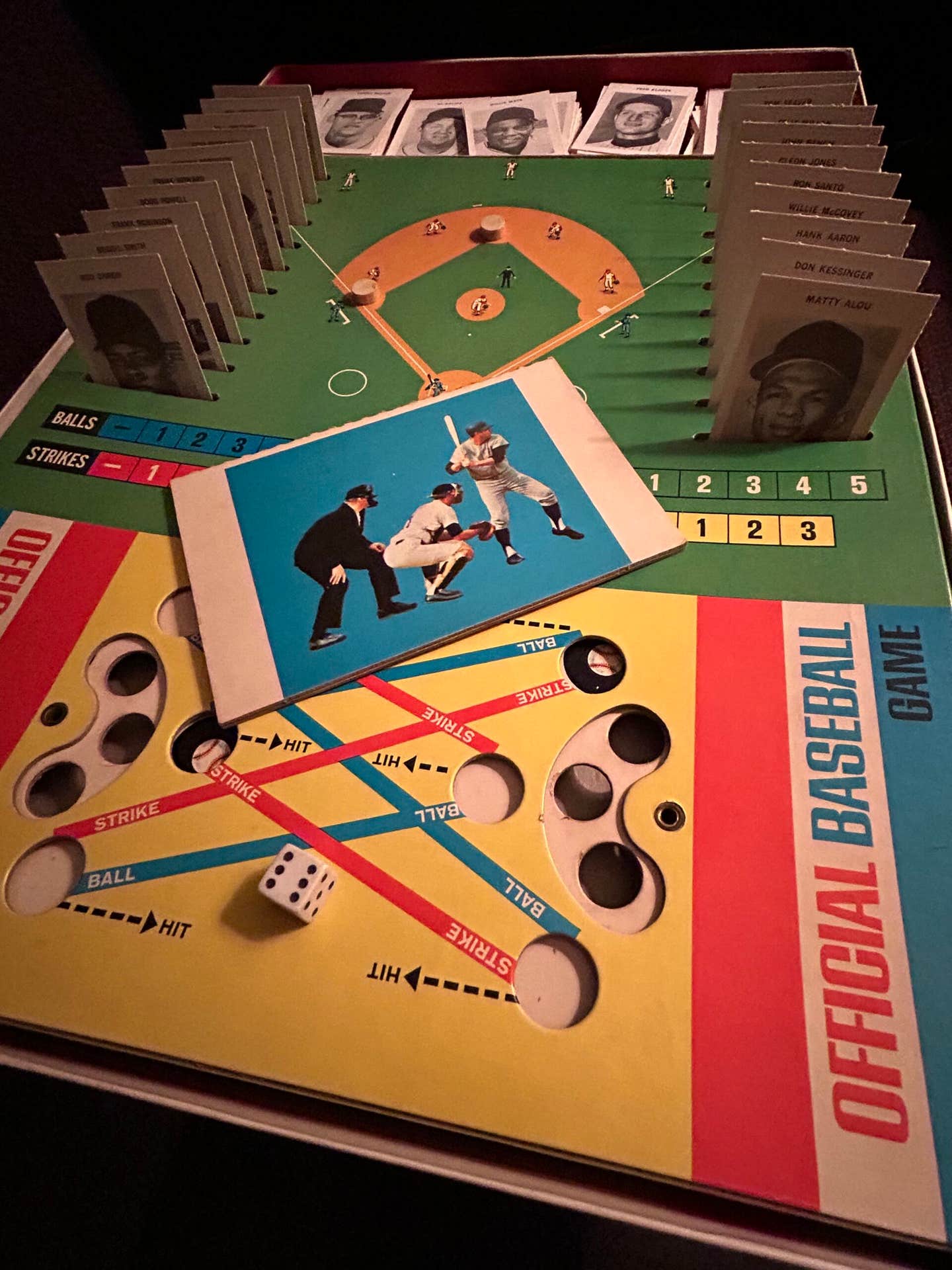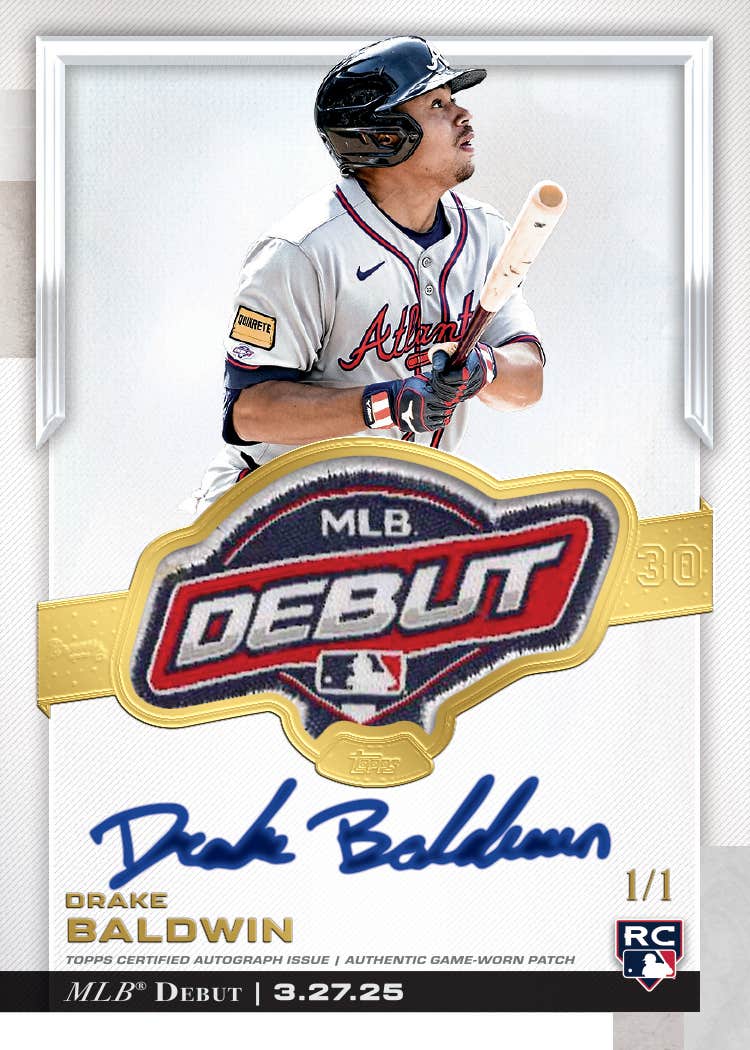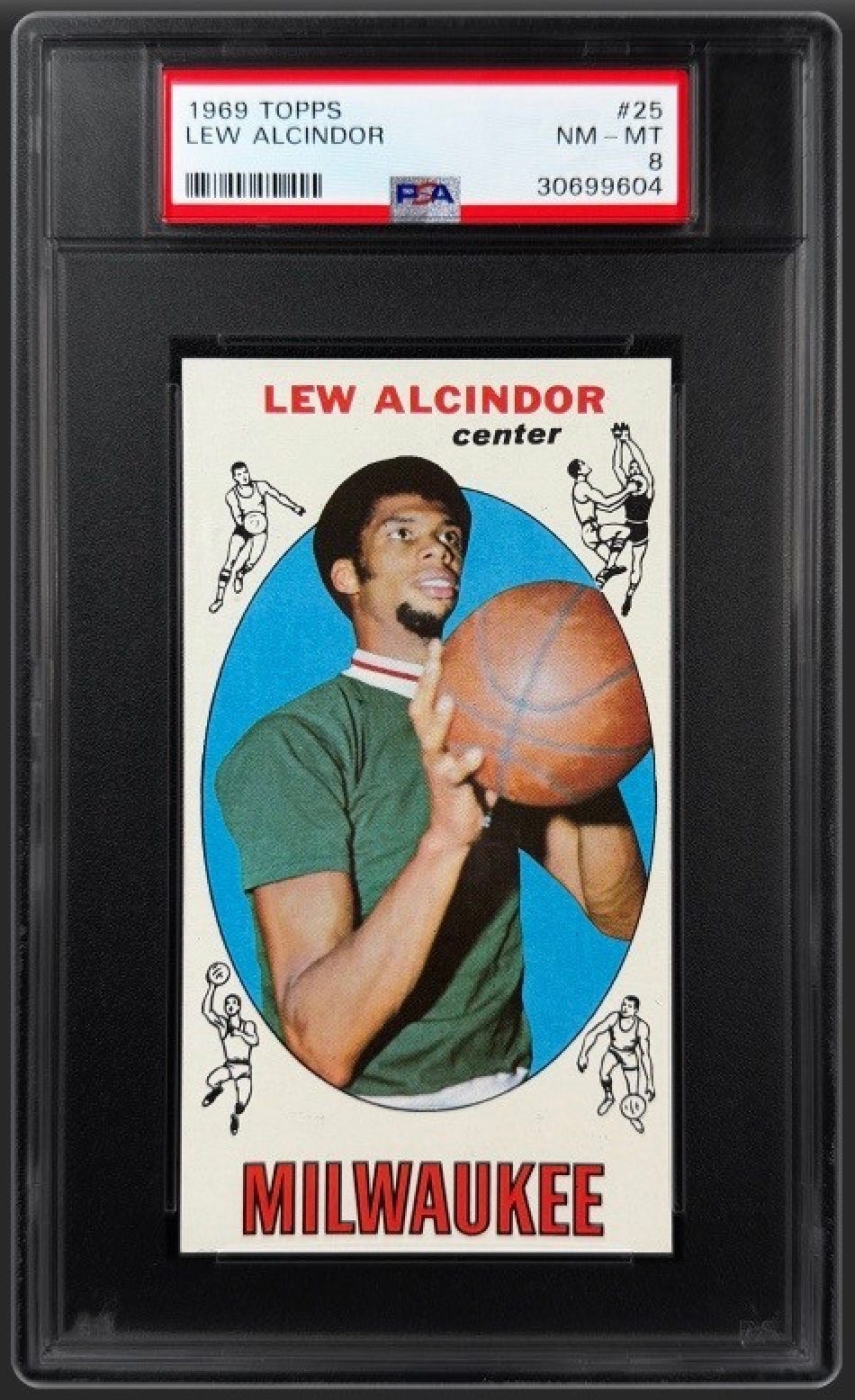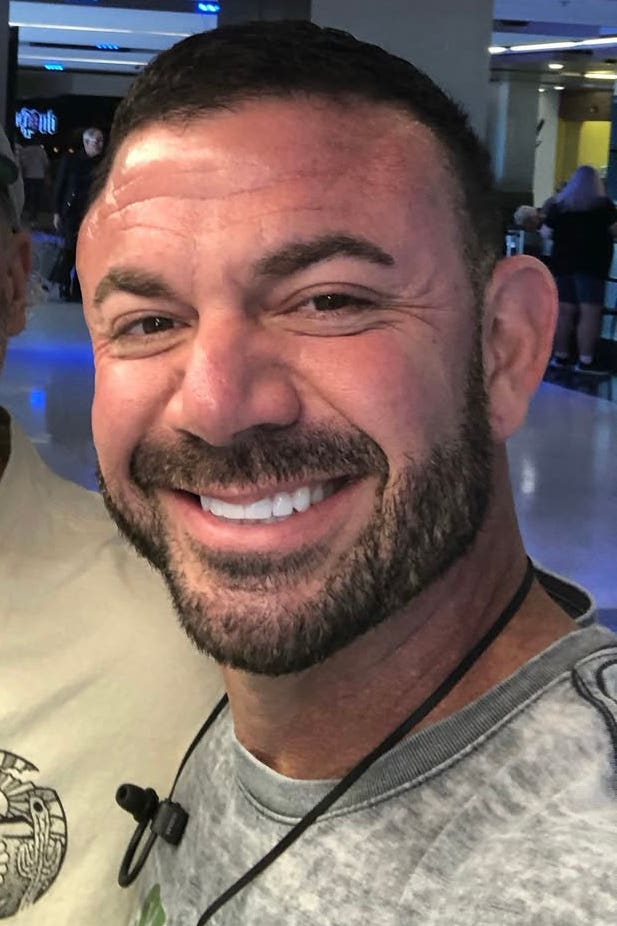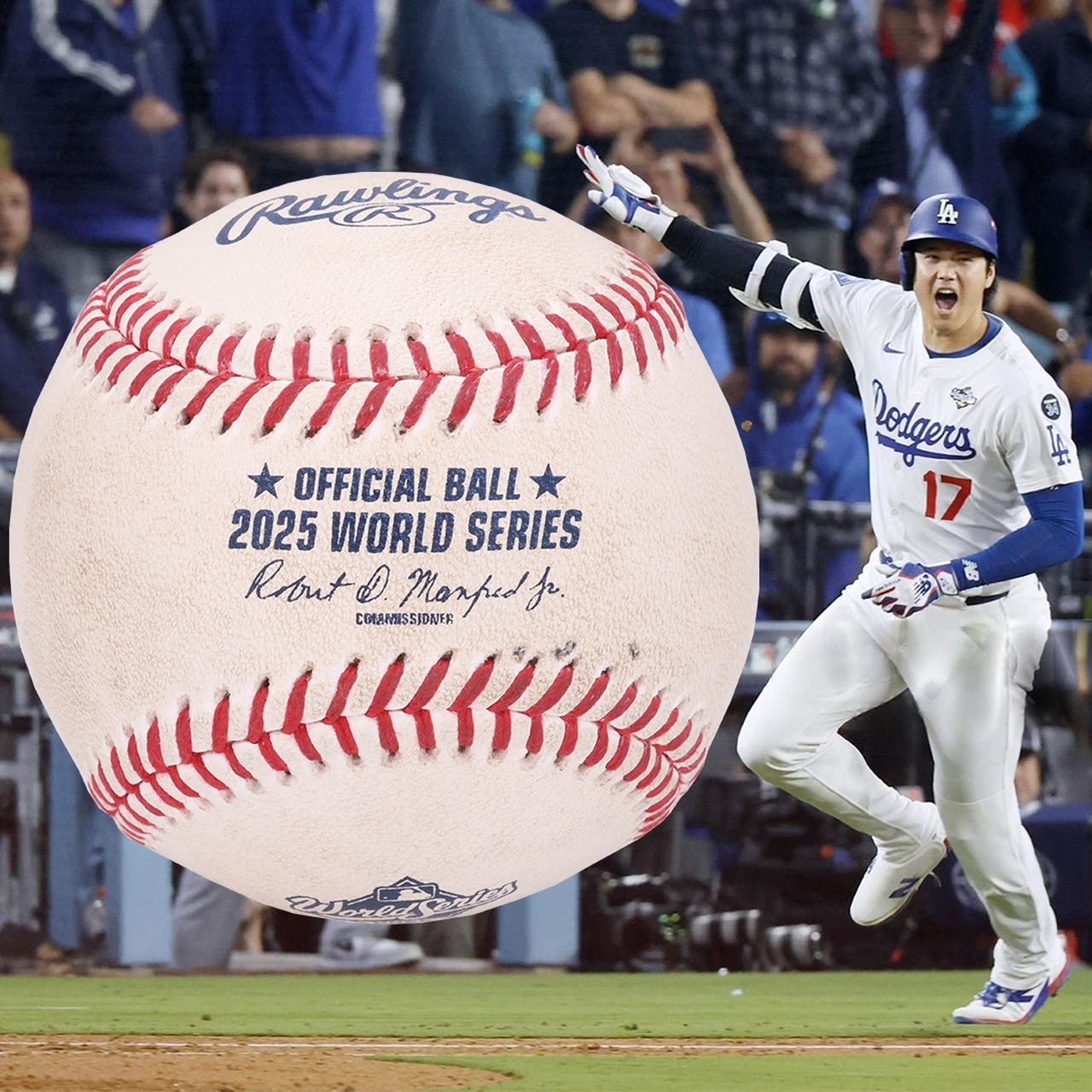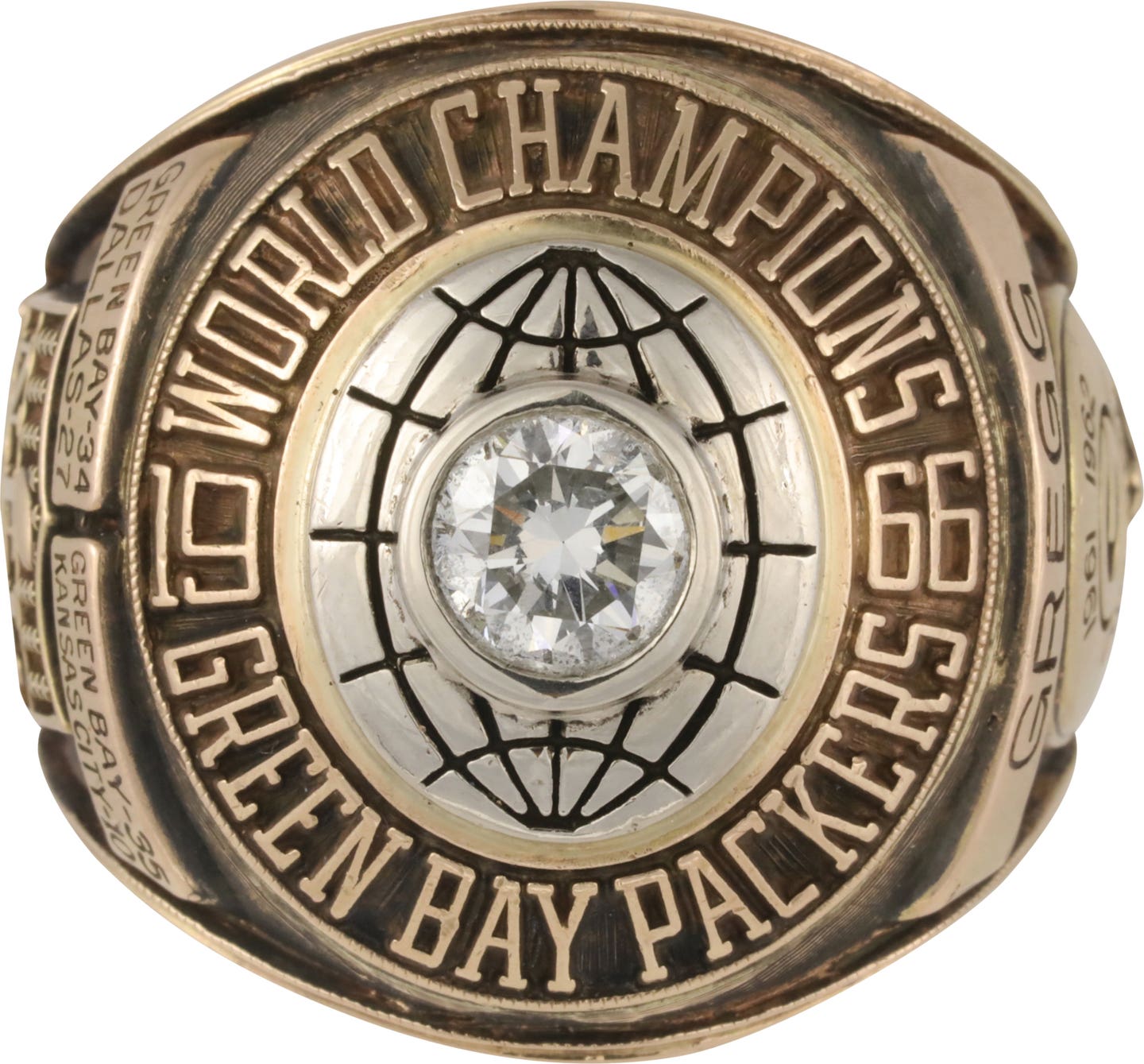News
From replicas to gamers, a collector shares his evolution as a jersey collector
By Andrew Polaniecki
Editor's Note: This is the second of two installments of Andrew Polaniecki's account of his jersey collecting experiences. The first installment can be seen here: www.sportscollectorsdigest.com/jersey-collecting-collectors-tale/
Everything involved with this hobby has changed. Unfortunately, in my opinion, for the worse. It all starts from the root of the manufacturer and the products they are currently releasing. The quality of jerseys are just not the same as the high quality they once were. Granted everything is designed now to be lighter and more ventilated for players' comfort but the lack of high quality craftsmanship had led collectors to resort back to specifically collecting the vintage Champion uniforms.
Take a look back at the history of uniforms. Seventy-plus years ago they wore flannel, a thick, heavyweight material almost like a sweater. Numbers were hand cut and sewn on. Over the decades, materials became lighter. Technology also allows for mass production. Players used to be given four jerseys a year, two home and two away. Nowadays due to companies like Meigray and Steiner Sports, two of the industry's leaders in memorabilia who both possess exclusive deals with teams to deliver game worn items directly to fans with guaranteed provenance, some players wear a new uniform every game. Some players like LeBron James sometimes even change uniforms at halftime so their team can sell more game worn uniforms at a 5-digit price.
Scarcity is key. There are more LeBron and Stephen Curry game worn jerseys on the market from one single season then there are total jerseys available from individuals’ entire careers that spanned the ’90s or previous decades. It’s the vintage Champion uniforms that collectors want. Not even the ’80s Sand Knit jerseys have the same appeal. True collectors will scope out these vintage uniforms from 20-plus years ago and pay a premium for a no name player just because of the uniform's scarcity or design — like that of the ’90s Phoenix Suns fireball jersey, or the Atlanta Hawks mid-’90s uniform that featured a huge black and red hawk with its spread wings from pit to pit. By a certain point it’s not even about the player – it’s all about the design. The most popular designs from the '90s that will forever carry a premium include: Atlanta, Phoenix, Toronto’s purple dinosaur theme, Vancouver Grizzlies and the Orlando Magic.
A unique example of choosing quality over design can be learned from the Golden State Warriors lightning bolt design that was worn famously during the Latrell Sprewell era. Here is a uniform that carries all of the characteristics of other unique screen printed designs from the ’90s. Bold and colorful. Very colorful. Joseph would be salivating.
However, Champion no longer held the exclusive contract and these uniforms that were made by Starter, and then Puma, lacked the same quality that the other teams’ uniforms possessed. To this day, one of the most unique designs is often overlooked in the premium dollar category due to it not being manufactured by Champion. It is interesting to note that of all the teams that were just mentioned for carrying a premium, all five of those teams – with the exception of the Raptors – maintained their contract with Champion through ’02 while Nike, Puma and Starter had contracts split among the other teams.
While the Raptors switched to Nike in ’97, Nike kept the original template that Champion manufactured with minor tweaks until ’99 when they changed the uniforms to resemble the same template being used by other teams like the Lakers and the Mavericks. Suddenly, originality was being replaced by fabric technology.
In ’97, when Champion lost the exclusive contract in the NBA, the downward spiraling quality shift was set to full speed ahead. By ’01, the majority of the teams who were supplied by Nike all featured the same template adorned with their own team colors. Competing brands like adidas and Reebok began to adapt their own Dri-Fit materials and applied them to the teams' uniforms that they held the contract with. Once Reebok acquired the exclusive NBA contract across the league in ’03, the once high-quality thick polyester, sometimes double layered, was now a thin nylon. Double or triple-layered twill was now a double-layered kiss cut twill about half the thickness that uniform numbers used to be.
To go with the hip-hop culture, store-bought authentic jerseys were also approximately four inches longer than they were five years earlier making them almost unwearable to the average sports fan, but were selling well to the MTV and BET generation.
When adidas took over the exclusive agreement with the NBA, they tried to capitalize on both the average and high-end collectors by retailing four different levels of jerseys. There are replicas that feature screen printed name and numbers closely resembling that of what a kid would see on TV – close enough that a kid feels satisfied to be wearing their favorite player's jersey.
Then there are the Swingman jerseys. A concept started by Nike in ’00, the jerseys combine the lesser qualities of a replica mixed with the sewn-on numbers of an authentic jersey. The manufacturer's logo would be affixed to the shoulder strap as well, separating even from a distance any confusion between a Swingman and authentic.
Then there are the authentic jerseys. Up until recently, this was the closest a collector could get to the real thing on the retail market. Almost identical to what the players wear save for a generic tag, sizing system and sometimes minor cosmetics. Sizes range from 40-60 in intervals of four.
Adidas took it one step further knowing that there are collectors out there who won’t even wear an authentic out of ego and will only wear pro cut or better, which at one point were only available to the players. Pro cuts, to those with no knowledge, are tailored to each player's specification to fit their torso accordingly. For example, Allen Iverson, who stands at a 6-0 even and weighed 165 pounds soaking wet during his playing days, wore a 44+4. MJ at 6-6, 220 wore a 46+3. Shaq, standing at 7-1, 350 pounds plus, started in Orlando wearing a 52+3 and by the time he retired he was up to at 60+6.
In 2010, adidas issued limited edition retail pro cuts that came in a special box and were all sequentially numbered. These jerseys retailed for an astronomical $350 and featured only star players. How Danilo Gallinari ever got one beats me, but never-the-less it gave fans the first opportunity at acquiring jerseys with adidas’ latest technology of mesh numbers – the thinnest, most breathable uniform numbers placed on any uniform in any sport.
While collectors did go crazy for these when they first came out and didn’t shy away from dropping a pretty penny, they quickly saw that even these high quality pro cuts were nowhere near the quality of the standard game jerseys players wore not 10 years ago. Now you can get one of these boxed jerseys on eBay; depending on the player, you might pay $60 and up.
Jerseys today
So where does this bring us all to today? Well, up until the early ’00s, only a few teams had one alternate jersey saved for special occasions. Now some teams may wear six or seven styles in one season. Why? Well for no other reason than for the League to sell more merchandise. Which brings me to the current state of where the league is at right now in regard to uniforms. Unfortunately for lifelong jersey collectors like myself, our biggest hobby nightmare has come true.
Starting in ’17, the NBA has announced that advertisements will start appearing on uniforms where the NBA logo once appeared for almost 30 years. What happened to tradition? People have asked me my thoughts, and my response has been the same three words to all of them: I HATE IT!
This move only continues to steamroll ahead that this game – once fueled by blood, sweat and tears – is now fueled by money more so than ever. Could you imagine if Burger King sponsored the Bulls uniforms of the ’90s and Michael Jordan, a lifetime Nike endorser, was flying towards the hoop with a big burger patched on his uniform?
On the other hand, maybe to the new collector these patches will be like the new second tag to us older collectors. Maybe seeing that their replica jersey is missing the State Farm patch they see on TV will allow them to dream about one day owning a jersey with that patch they just saw, but is not available in stores. One thing will always remain the same though, and that’s the quality of what has now become vintage.
Hard to believe that what I once saw on TV as a kid only 20 years ago is now considered vintage, but as the saying goes: They just don’t make ’em like they used to.
Check out proathletedesigns.com and Andrew the Jersey Guru's YouTube channel at http://bit.ly/2cbfb3y.



